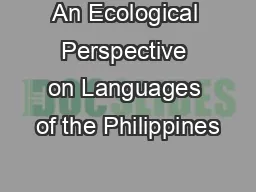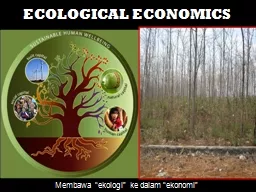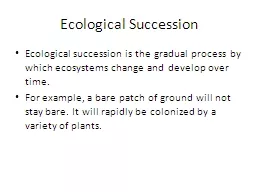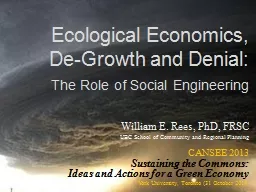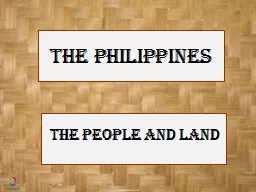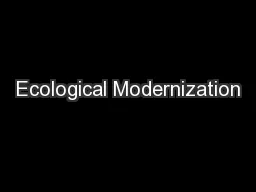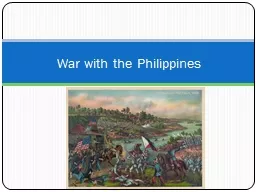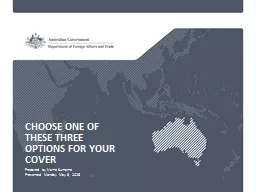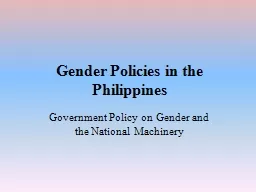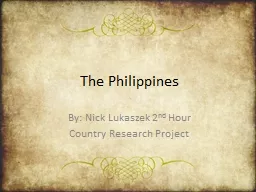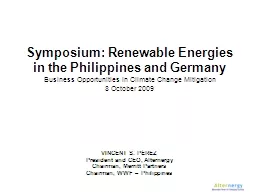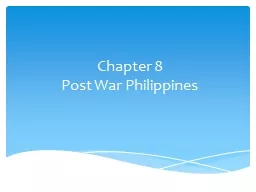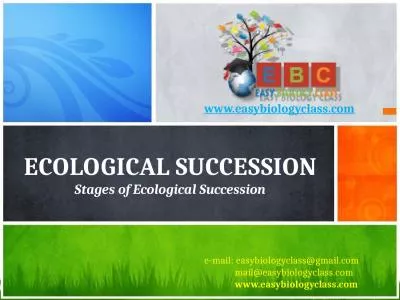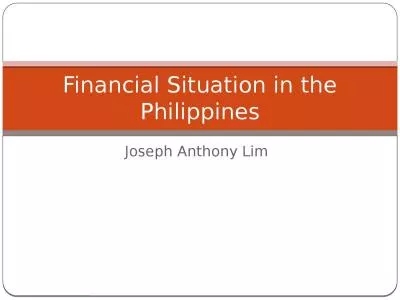PPT-An Ecological Perspective on Languages of the Philippines
Author : natalia-silvester | Published Date : 2016-04-12
J Stephen Quakenbush PhD SIL International International SANROKAN Conference on Biocultural and Environmental Studies Tablas Romblon Philippines May 14 2015 Outline
Presentation Embed Code
Download Presentation
Download Presentation The PPT/PDF document "An Ecological Perspective on Languages o..." is the property of its rightful owner. Permission is granted to download and print the materials on this website for personal, non-commercial use only, and to display it on your personal computer provided you do not modify the materials and that you retain all copyright notices contained in the materials. By downloading content from our website, you accept the terms of this agreement.
An Ecological Perspective on Languages of the Philippines: Transcript
Download Rules Of Document
"An Ecological Perspective on Languages of the Philippines"The content belongs to its owner. You may download and print it for personal use, without modification, and keep all copyright notices. By downloading, you agree to these terms.
Related Documents

